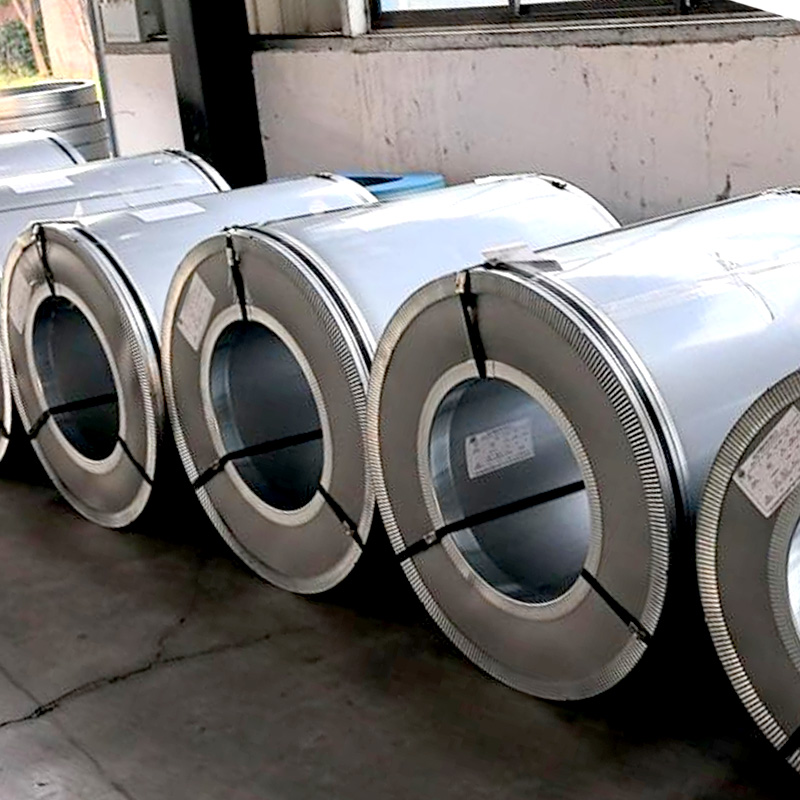How to optimize the system design of photovoltaic power stations to improve power generation efficiency?
The system design optimization of photovoltaic power stations is an important part of improving power generation efficiency. System design not only involves the selection and installation of solar panels, but also includes the overall layout of the power station, the coordination and interaction between components. Through precise design and scientific optimization, the power generation capacity of photovoltaic power stations can be significantly improved, energy loss can be reduced, and high power generation efficiency can be maintained under different environmental conditions.
The core component of a photovoltaic power station is a solar panel, and its selection and installation method directly affect the power generation efficiency. The material, conversion efficiency, surface treatment and compatibility of the panel with light are all key factors affecting power generation efficiency. By selecting efficient monocrystalline silicon or polycrystalline silicon panels, the photoelectric conversion rate can be greatly improved, thereby effectively improving the overall power generation efficiency. In addition, factors such as the anti-reflective coating on the surface of the panel and the photovoltaic glass of the photovoltaic panel also play a vital role in the absorption and reflection of light. By improving the surface materials and technologies, the reflection and absorption of light can be reduced, and the proportion of light energy converted into electrical energy can be increased.
The layout of photovoltaic power stations is also an important factor affecting power generation efficiency. Reasonable layout can maximize the utilization of solar energy resources, reduce the impact of shadows, and improve the efficiency of the panel receiving light. In the construction of photovoltaic power stations, the design of the installation angle is very important. Depending on the geographical location, the angle of incidence of sunlight will vary. By adjusting the installation angle of the solar panel to make it more perpendicular to the sunlight, the effect of sunlight can be enhanced. In some advanced designs, a tracking system is used to allow the solar panel to move with the trajectory of the sun, ensuring that the panel always maintains the best angle of illumination, thereby effectively increasing the amount of light absorption.
Another optimization direction is the coordination of the components within the system. In the design of the power station, the selection and configuration of the inverter directly affects the efficiency of the conversion of electric energy. The inverter is responsible for converting the direct current generated by the photovoltaic panel into alternating current, and its efficiency determines the energy lost during the conversion process. Choosing an efficient inverter with the right capacity can minimize the loss during the conversion process. In addition, the design of the distribution system should also minimize the loss during the transmission of electric energy, and reduce the loss of electricity during transmission through reasonable cable layout and voltage level selection.
During the operation stage of the power station, regular maintenance and monitoring are also the key to ensuring efficient operation. Through the intelligent monitoring system, the working status of the panels and inverters can be detected in real time, and any abnormality or failure of any equipment can be detected in time. For photovoltaic power stations, any minor fault or deviation will affect the overall power generation efficiency.




 English
English 中文简体
中文简体 русский
русский Español
Español عربى
عربى


















Contact Us